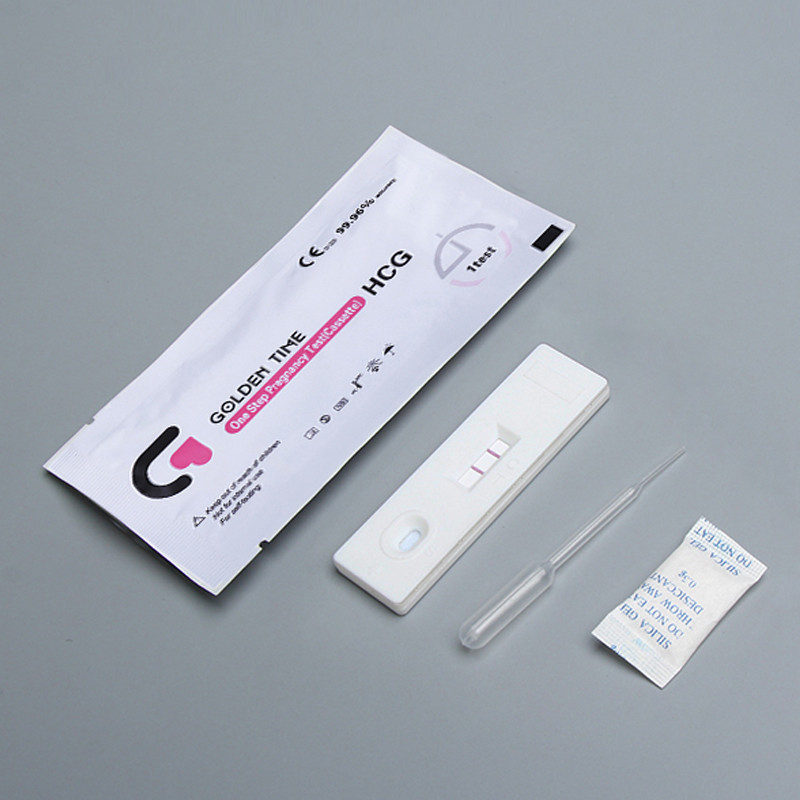Dec . 19, 2024 17:54 Back to list
Effective Rapid Testing Options for Hepatitis B Diagnosis and Management Solutions
Understanding the Best Hepatitis B Rapid Test
Hepatitis B is a viral infection that attacks the liver and can cause chronic disease, leading to serious health issues such as cirrhosis and liver cancer. Early detection and diagnosis are crucial in managing this disease effectively. As healthcare continues to evolve with technological advancements, rapid testing has emerged as a significant breakthrough, providing timely results for individuals at risk. In this article, we will delve into the best hepatitis B rapid tests available, their benefits, and their importance in public health.
Importance of Hepatitis B Testing
The World Health Organization (WHO) estimates that more than 350 million people worldwide are chronically infected with hepatitis B. Many of these individuals are unaware of their condition, which puts them at an increased risk of severe liver complications. Regular testing is essential, particularly for high-risk populations such as healthcare workers, individuals with multiple sexual partners, and those who share needles.
In traditional settings, hepatitis B testing involved laboratory procedures that could take days to return results. This delay can be detrimental, especially for patients who may require immediate medical intervention. Rapid tests accelerate this process, often yielding results within 15 to 30 minutes, significantly enhancing the opportunity for prompt diagnosis and treatment.
What is a Hepatitis B Rapid Test?
A hepatitis B rapid test is a point-of-care diagnostic tool that detects the presence of hepatitis B surface antigens (HBsAg) or antibodies (anti-HBs) in a person's blood or oral fluid. These tests usually require only a small sample and are easy to administer, making them accessible for use in various settings, including clinics, hospitals, and community outreach programs.
The primary advantages of rapid testing include
1. Speed Results are available in minutes, allowing healthcare providers to make immediate decisions regarding treatment and management. 2. User-Friendly Most rapid tests are designed for ease of use. They often come with simple instructions, enabling non-laboratory trained staff to administer them.
3. Wide Availability With their portable nature, these tests can be used in remote or resource-limited settings, helping to reach populations that might otherwise undergo no testing.
best hepatitis b rapid test

4. Early Detection Rapid tests facilitate early diagnosis, crucial for preventing the progression of the disease and reducing transmission rates.
Choosing the Best Rapid Test
When selecting the best hepatitis B rapid test, several factors need to be considered
- Sensitivity and Specificity High-quality tests should have both high sensitivity (ability to correctly identify those with the disease) and specificity (ability to correctly identify those without the disease). Regulatory approvals and certifications, such as CE marking in Europe or FDA approval in the USA, serve as indicators of a test's reliability.
- Ease of Use The best tests should be straightforward for any trained personnel to administer, with clear instructions for interpreting results.
- Cost-Effectiveness Affordability is essential, especially in low-resource settings where the burden of hepatitis B is often highest.
- Regulatory Approval Only tests that have undergone rigorous testing and received regulatory approval should be used, ensuring they meet safety and efficacy standards.
Conclusion
The best hepatitis B rapid tests represent a critical innovation in the fight against hepatitis B infection. They not only empower individuals to take control of their health through timely diagnosis but also play an essential role in public health strategies aimed at reducing the incidence of this viral disease. As we continue to improve access to these rapid tests, we can expect to see significant strides in hepatitis B management and prevention globally. Early detection through rapid testing can ultimately save lives, making it a crucial component of comprehensive healthcare.
-
Highly Accurate hCG Pregnancy Test Strips - 5 Min Results
NewsAug.02,2025
-
Premium Empty ABS Plastic Cassettes: Durable & Lightweight Storage
NewsAug.01,2025
-
Accurate Cocaine (Coc) Rapid Test Kit | Fast & Reliable Detection
NewsJul.31,2025
-
Accurate HCG Pregnancy Test Strips | Fast Home Use Kit
NewsJul.31,2025
-
Reliable Early Pregnancy Test Kit Supplier - Multi Plastic Cassette Options
NewsJul.30,2025
-
Transferrin Rapid Test Cassette – Reliable Tumor Marker Detection
NewsJul.29,2025

